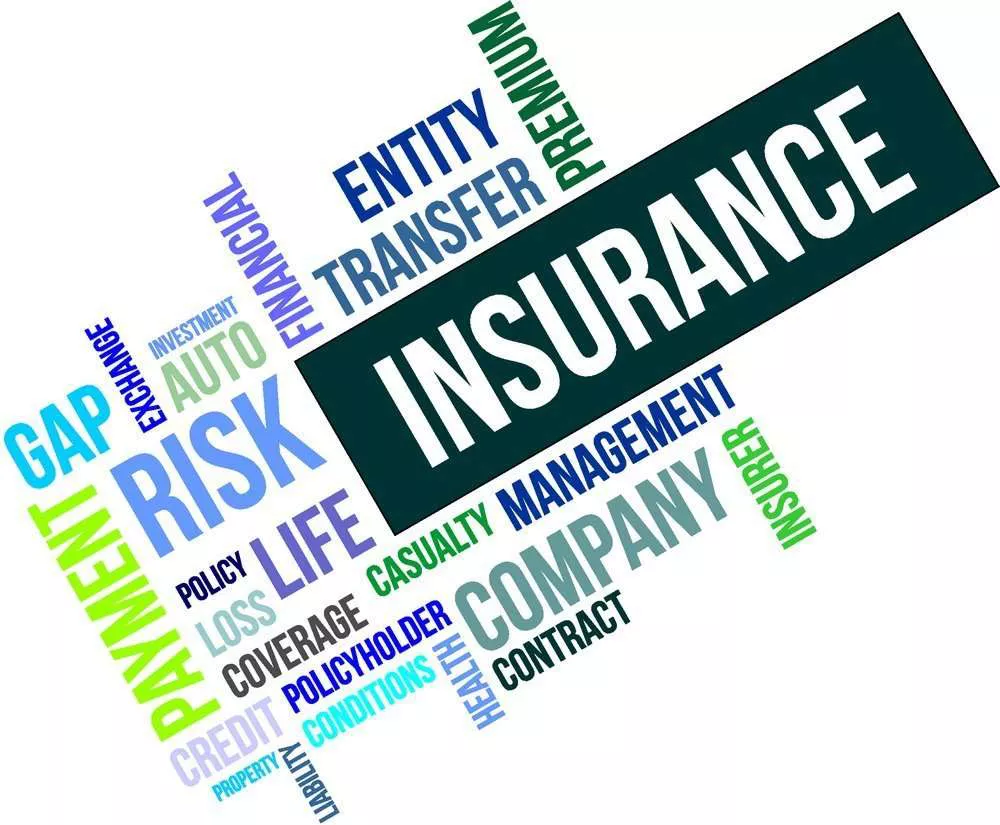Hit and run accidents can be alarming and confusing. Understanding how insurance works in these situations is essential for drivers. This article will explain the intricacies of hit and run incidents, focusing on insurance aspects. We will explore what constitutes a hit and run, how to handle such situations, and how insurance policies respond.
What is a Hit and Run?
A hit and run occurs when a driver causes an accident and leaves the scene without providing contact or insurance information. This can involve collisions with other vehicles, pedestrians, or property.
Definition of a Hit and Run
Legal Definition: Legally, a hit and run is defined as any incident where the responsible driver does not stop to exchange information.
Common Scenarios: Typical hit and run scenarios include rear-end collisions, side impacts, or even minor fender benders where one party flees.
Importance of Reporting
Legal Obligation: In many jurisdictions, drivers are legally required to stop and provide information after an accident. Failing to do so can result in severe penalties.
Safety Concerns: Reporting a hit and run is crucial for public safety and helps law enforcement track down offenders.
Immediate Steps to Take After a Hit and Run
Stay Calm: Remaining calm can help you think clearly and take the necessary steps.
Check for Injuries: First, check if anyone is injured. If there are injuries, call emergency services immediately.
Gather Evidence: If possible, document the scene. Take photos of your vehicle, the surrounding area, and any debris.
Witnesses: If there are any witnesses, ask for their contact information. Their accounts may be vital for your insurance claim.
File a Police Report: Contact law enforcement and file a report. This is critical for insurance purposes.
Understanding Your Insurance Coverage
Understanding the types of coverage you have can help you navigate a hit and run situation more effectively.
Types of Insurance Coverage
Liability Coverage: This insurance pays for damages you cause to others. However, it does not cover damages to your vehicle.
Collision Coverage: This covers damage to your vehicle from a collision, regardless of fault. It can help in hit and run situations if you can’t identify the responsible driver.
Uninsured Motorist Coverage: This is essential in hit and run cases. It covers your expenses if the other driver is uninsured or flees the scene.
Key Definitions
Underinsured Motorist Coverage: This helps if the at-fault driver does not have enough insurance to cover the damages.
Comprehensive Coverage: This type of insurance covers damages to your vehicle not involving a collision, like theft or vandalism.
How Insurance Works After a Hit and Run
After a hit and run, understanding how your insurance works is crucial for recovery.
Filing a Claim
Contact Your Insurance Company: Notify your insurer about the hit and run as soon as possible.
Provide Evidence: Submit all the evidence you collected, including photos, police reports, and witness information.
Claim Investigation: The insurance company will investigate the claim. This may include reviewing police reports and contacting witnesses.
How Claims Are Processed
Adjuster Review: An insurance adjuster will review the claim. They will assess the damages and determine coverage.
Compensation: If your claim is approved, the insurer will compensate you for the repairs based on your policy limits.
The Role of Uninsured Motorist Coverage
If you have uninsured motorist coverage, it will come into play if the driver cannot be identified. This coverage can help cover medical expenses and vehicle repairs.
See Also: What Does Lifetime Pet Insurance Mean?
Potential Challenges in Hit and Run Claims
Finding the Responsible Driver: In many cases, the driver who fled may never be found, complicating the claims process.
Insufficient Evidence: Lack of evidence can lead to difficulties in filing a successful claim.
Claims Denial: Insurance companies may deny claims if they believe the policyholder was at fault or if the policy doesn’t cover hit and runs.
Tips to Avoid Claim Denials
Document Everything: Keeping detailed records can help substantiate your claim.
Follow Up: Regularly follow up with your insurance company to stay informed about your claim status.
Know Your Rights: Understand your policy and rights as a policyholder.
Legal Implications of Hit and Run Accidents
Hit and run accidents can carry serious legal consequences for the fleeing driver.
Criminal Charges
Felony vs. Misdemeanor: Depending on the severity of the accident and state laws, hit and runs can result in felony charges, especially if there are injuries involved.
Penalties: Convictions can lead to fines, license suspension, or even imprisonment.
Civil Liability
Victim Claims: If the driver is found, they may face civil lawsuits for damages. Victims can sue for medical expenses, property damage, and pain and suffering.
Insurance Claims: Victims may also file claims against the driver’s insurance, if applicable.
Conclusion
Navigating a hit and run situation can be stressful and confusing. Understanding how insurance works in these scenarios is crucial. Knowing your coverage options, filing the correct claims, and understanding potential legal implications can help you manage the aftermath of a hit and run effectively.
Final Thoughts
It’s essential to stay informed about your insurance policy and local laws regarding hit and runs. Taking proactive steps, such as ensuring you have appropriate coverage and understanding your rights, can make a significant difference in the event of an accident. Always prioritize safety, and don’t hesitate to seek professional legal advice if needed.
By being prepared and knowledgeable, you can mitigate the challenges that arise from hit and run incidents and ensure that you are covered when the unexpected occurs.
Related topics:

































